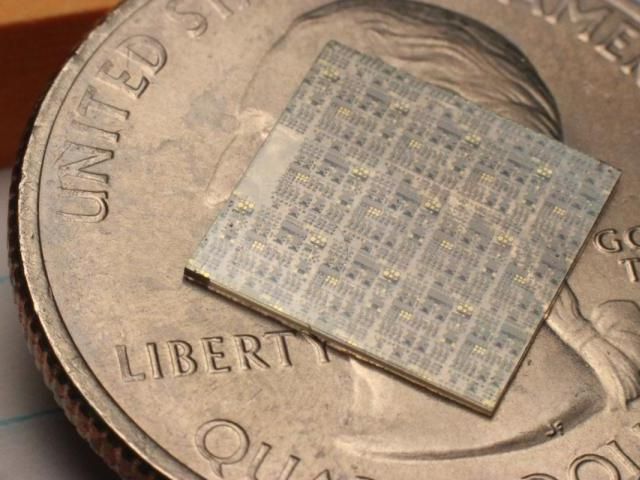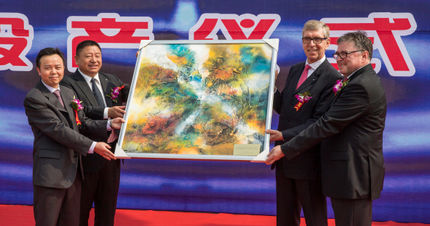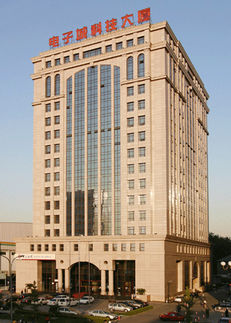BASF and Sinopec complete second phase of Nanjing investment, announce new plans for expansion
New acrylic acid plant to be established
BASF and SINOPEC inaugurated the $1.4 billion second phase of their integrated petrochemical site in Nanjing, bringing crucial chemicals to the China market that will support the development of more sustainable local industries.
“Through this successful partnership, we are able to bring vital chemical products and solutions to China that will directly support local industries as they strive to meet the needs of a rapidly developing population,” said Dr. Martin Brudermüller, Vice Chairman of the Board of Executive Directors of BASF SE, responsible for Asia Pacific. “At the same time we are also investing in advanced production technologies that themselves use less water, save energy and reduce emissions. The Nanjing site is a flagship example of our Verbund system, which achieves extremely efficient production and safety by clustering plants and re-using by-products,” he continued.
“With the smooth completion of the second phase of Nanjing investment, BASF-YPC has once again set an excellent example of SINOPEC’s international partnerships and paved ways for further prosperous developments between BASF and SINOPEC. We are confident BASF-YPC will continue expanding its product portfolio and providing crucial chemicals to the growing demands in China while contributing to a sustainable future," said Dr. Dai Houliang, BOD Member and Vice President of SINOPEC.
On the occasion of the inauguration ceremony, the partners also announced further plans for the expansion of the site.
Second phase completed
The second phase, inaugurated today, includes expansions of existing plants and construction of new facilities.
The existing steam cracker has been expanded to a total of 740,000 metric tons per year of ethylene, along with the expansion of the existing ethylene oxide (EO) plant to 330,000 metric tons per year, and the construction of a new EO purification unit with a capacity of 150,000 metric tons per year. New plants in the expanded EO derivatives value chain include a new non-ionic surfactants plant with a capacity of 60,000 metric tons per year; a new amines complex with a capacity of 130,000 metric tons per year for the production of ethanolamines, ethyleneamines, and dimethylethanolamine; and the construction of a new DMA3 plant with a capacity of 25,000 metric tons per year.
The site now has an integrated C4 complex comprised of a new butadiene extraction plant with a capacity of 130,000 metric tons per year; a new isobutene extraction plant with a capacity of 60,000 metric tons per year; a new plant for highly reactive polyisobutene with a capacity of 50,000 metric tons per year; and a new 2-propyl-heptanol plant with a capacity of 80,000 metric tons per year.
The existing oxo-C4 plant has now been expanded to 305,000 metric tons per year.
Further development of new projects
BASF and SINOPEC signed a Memorandum of Understanding in December 2010 to jointly explore the further expansion of BASF-YPC, with new investments under consideration collectively totaling approximately $1 billion.
Construction of a superabsorbent polymer (SAP) plant with a capacity of 60,000 metric tons per year will begin in mid-2012. Commercial production is planned for the beginning of 2014.
New projects to strengthen the C3 and C4 value chains include the construction of a new acrylic acid facility with a capacity of 160,000 tons per year, a new butyl acrylate plant, as well as a capacity increase at the 2-propyl-heptanol plant.
Other news from the department business & finance

Get the chemical industry in your inbox
By submitting this form you agree that LUMITOS AG will send you the newsletter(s) selected above by email. Your data will not be passed on to third parties. Your data will be stored and processed in accordance with our data protection regulations. LUMITOS may contact you by email for the purpose of advertising or market and opinion surveys. You can revoke your consent at any time without giving reasons to LUMITOS AG, Ernst-Augustin-Str. 2, 12489 Berlin, Germany or by e-mail at revoke@lumitos.com with effect for the future. In addition, each email contains a link to unsubscribe from the corresponding newsletter.
Most read news
More news from our other portals
Last viewed contents
GPC Biotech announces two milestones in expanded anti-microbial alliance with Altana Subsidiary Byk Gulden
ASTM International Declarable Substances Committee Approves First Test Method
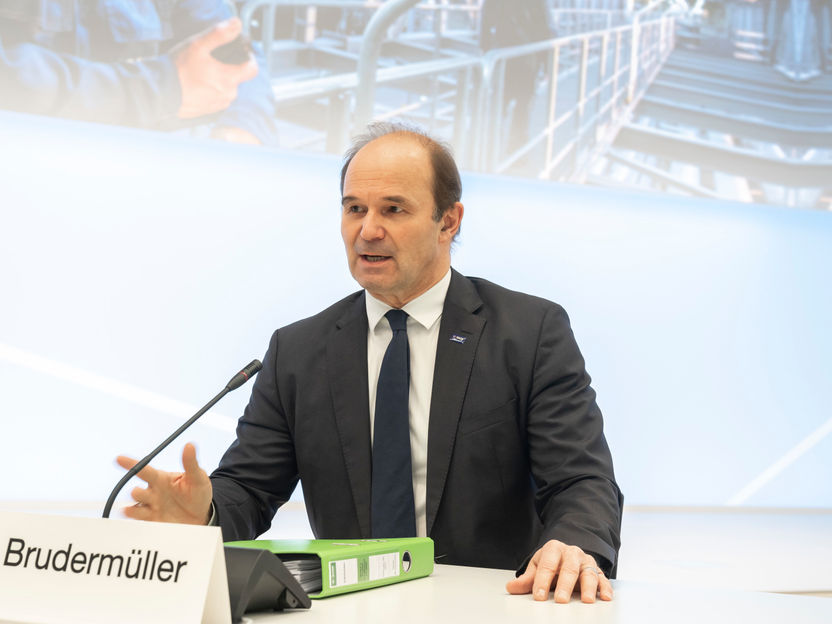
BASF Group: Strong performance in Q4 2020 due to higher volumes and prices - Bonus for employees as a sign of recognition and appreciation
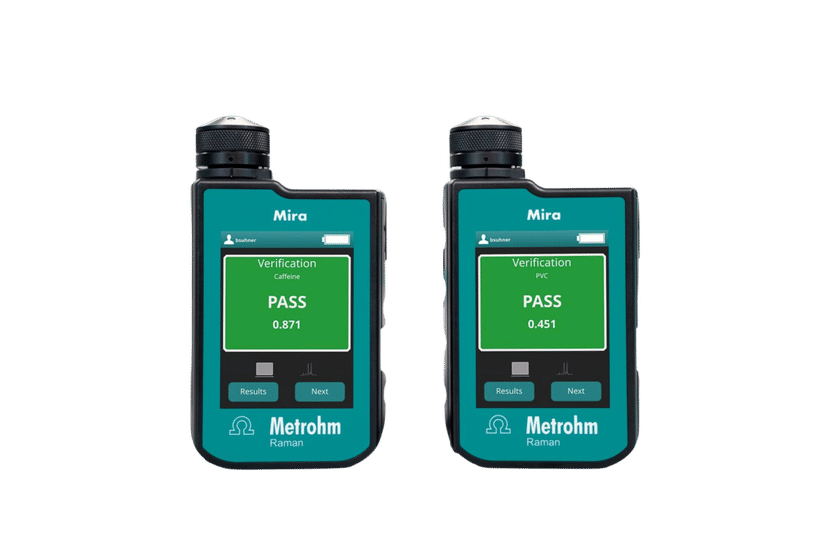
MIRA P Basic | Raman spectrometers | Metrohm
